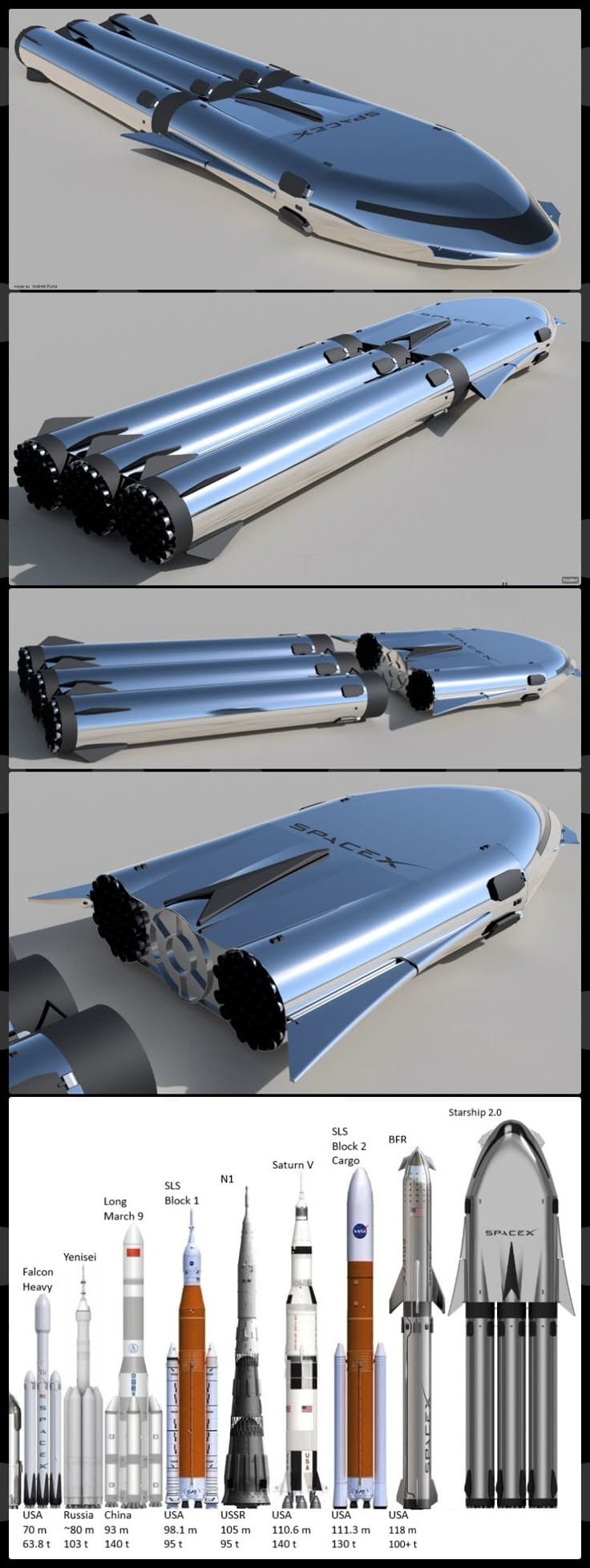The National Academy of Sciences has released its latest decadal survey for NASA’s Heliophysics Division, a comprehensive report outlining the top priorities for space-based research over the next decade. The survey, conducted by a committee of experts in the field, identifies two flagship missions that will significantly advance our understanding of the Sun, the solar wind, and the impact of space weather on the Earth’s magnetic field.
The first recommended mission, known as the Heliospheric Explorer, is designed to study the solar wind and its interaction with the interstellar medium. The mission will involve the launch of a spacecraft that will travel to the outer reaches of the heliosphere, the region of space influenced by the Sun, to gather data on the solar wind’s composition, velocity, and magnetic field. This data will help scientists better understand the dynamics of the solar wind and its impact on the Earth’s magnetic field.
The second recommended mission, known as the Magnetospheric Multiscale Mission – II (MMS-II), is designed to build on the success of the original MMS mission, which was launched in 2015. MMS-II will involve the launch of a new set of spacecraft that will study the Earth’s magnetic field and its interaction with the solar wind in unprecedented detail. The mission will focus on the magnetic reconnection process, which occurs when the Earth’s magnetic field is disrupted by the solar wind, causing charged particles to accelerate and release a massive amount of energy.
Both missions are considered essential for advancing our understanding of the Sun and its impact on the Earth’s magnetic field. The Heliospheric Explorer will provide scientists with a unique opportunity to study the solar wind in the outer reaches of the heliosphere, while MMS-II will provide unprecedented insights into the magnetic reconnection process and its impact on the Earth’s magnetic field.
The decadal survey also recommends a number of smaller missions and research initiatives aimed at advancing our understanding of the Sun and the solar wind. These include the launch of a new set of CubeSats designed to study the solar wind and its interaction with the Earth’s magnetic field, as well as a number of research grants aimed at supporting scientists in their study of the Sun and the solar wind.
The release of the decadal survey is a significant milestone for NASA’s Heliophysics Division, which has been at the forefront of space-based research for decades. The survey provides a comprehensive plan for the next decade of research, and its recommendations will play a critical role in shaping the future of the field.
In addition to the two flagship missions, the decadal survey also recommends a number of key research areas that should be prioritized over the next decade. These include the study of the solar wind and its interaction with the Earth’s magnetic field, the study of magnetic reconnection and its impact on the Earth’s magnetic field, and the study of the Sun’s corona and its impact on the solar wind.
The decadal survey also highlights the importance of international collaboration in advancing our understanding of the Sun and the solar wind. The survey recommends that NASA work closely with its international partners to develop new missions and research initiatives aimed at studying the Sun and the solar wind.
The release of the decadal survey is a significant event for the scientific community, and its recommendations will play a critical role in shaping the future of space-based research. The survey provides a comprehensive plan for the next decade of research, and its recommendations will help to advance our understanding of the Sun and its impact on the Earth’s magnetic field.
In conclusion, the National Academy of Sciences’ latest decadal survey for NASA’s Heliophysics Division provides a comprehensive plan for the next decade of space-based research. The survey recommends the launch of two flagship missions aimed at exploring the Sun, the solar wind, and the impact of space weather on the Earth’s magnetic field. These missions, along with a number of smaller missions and research initiatives, will significantly advance our understanding of the Sun and its impact on the Earth’s magnetic field.



